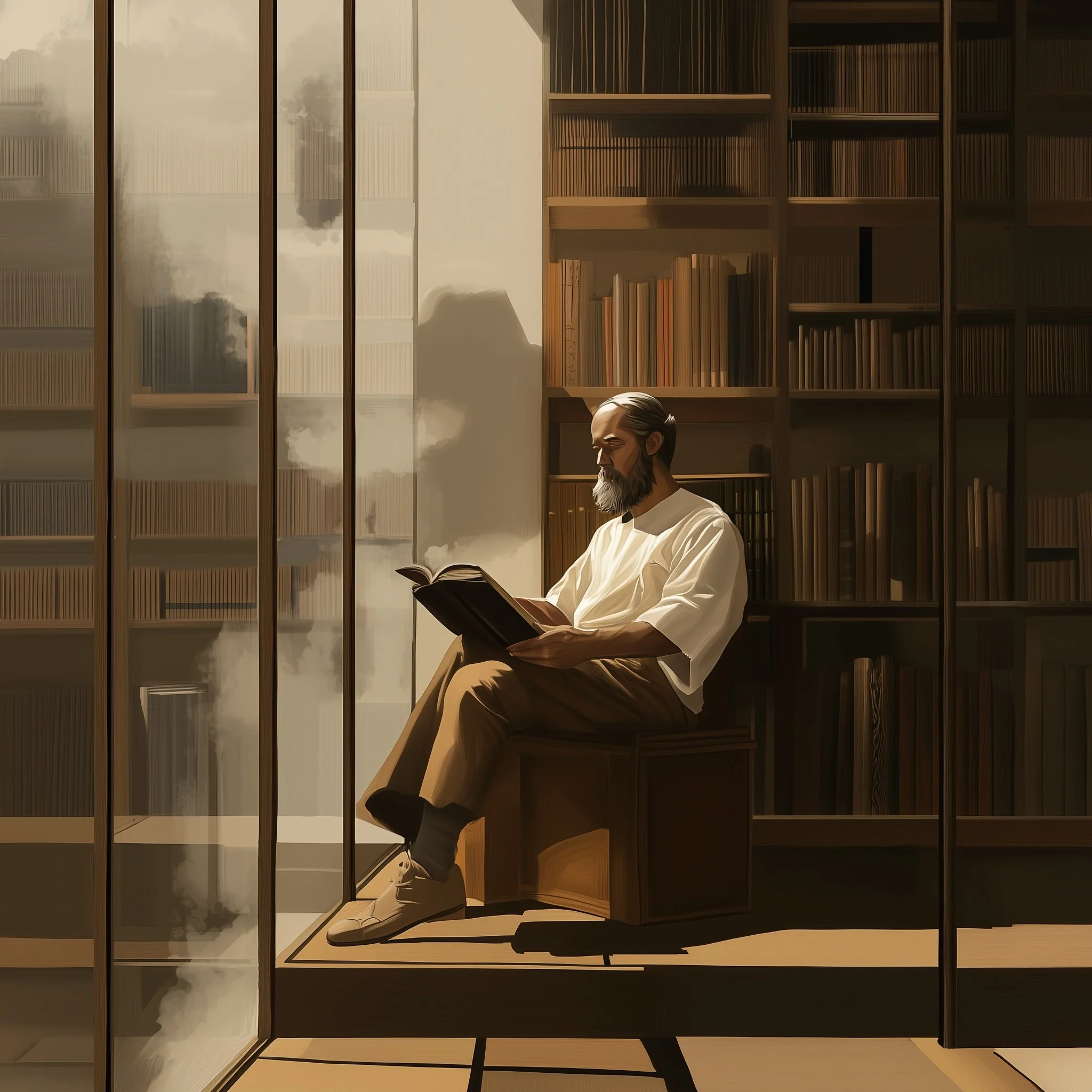Stoicism + Idealism: A Creative Scaffold for Consciousness-First Philosophy
JOURNAL ANNOTATIONS
500 words · 2 min readThis Journal Annotation was created to extend the Project Philosophy page of The Dreamer Project. It explores a provisional synthesis — Stoicism as posture, Idealism as hypothesis — as scaffolding for a consciousness-first experiment.
Every philosophy is scaffolding. Stoic Idealism holds long enough to steady practice, then dissolves like any dream, leaving only clarity itself.
Stoicism + Idealism, The Combination. ‘Stoic Idealism’ names a posture of Stoic resilience tested against the hypothesis of Idealism—that the world itself is mind-made.
On the name. Stoic Idealism is a working synthesis, not a historical school. It can be described as the honorable posture of resilience, tested against the radical hypothesis that the world itself is mind-made. “Stoic” names the posture—virtue-first, indifferent to externals. “Idealism” names the hypothesis—mind as first cause, world as appearance within it.
On the concept. Stoic ethics stand largely independent of metaphysics. Whether the world is material or an illusion of mind, the same virtues apply: wisdom, courage, justice, temperance, and a steady focus on inner excellence. Stoic writings already carry an idealist note. Marcus Aurelius reminded himself that “all is opinion.” Epictetus taught that what disturbs us are not things but our impressions. Both hint that experience is constructed in the mind, not dictated by externals.
On contradictions. Since Stoic Idealism is a novel interpretative blend, it does not oppose established schools. It is a philosophical creative experiment, not a doctrine—a way of combining two traditions into a premise worth trying.
On Stoicism as posture. Stoicism trains resilience and equanimity, teaching that appearances may deceive but judgment can remain free. By focusing on character over outcomes, a Stoic is prepared to meet even an illusory or unstable world with dignity and clarity.
On Idealism as hypothesis. Idealism proposes that reality is mental at root, that the world is not the cause of mind but its projection. Rather than mind being a side-effect of matter, the universe itself might be akin to thought within a larger consciousness.
Why they fit. Stoic ethics do not depend on whether matter or mind is primary. The discipline of perception, the strength of virtue, and the freedom of inner orientation apply equally. This makes Stoic Idealism a clean scaffold for trying a consciousness-first creative experiment.
“Stoic Idealism is scaffolding inside the dream: honorable, useful, and dissolvable the moment clarity shows up.”
Limits and paradox. The Dreamer awake has no philosophy—only undifferentiated loving awareness.. What remains inside the dream is only this scaffolding: rigorous enough to steady the seeker, humble enough to fall away when no longer needed.
Further Reading.
The Dreamer Project — Project Philosophy
Consciousness-First Principles
We The Dreamer — Philosophical Vision
Bibliothèque: Plato, Republic & Phaedo — the Theory of Forms: eternal, non-material realities as the true ground
Epictetus, Enchiridion — judgments vs. events, freedom at the source
Marcus Aurelius, Meditations — “all is opinion,” dignity under appearances
Berkeley, Principles of Human Knowledge — immaterialism in plain sight
Donald Hoffman, The Case Against Reality — perception as user interface, not truth
Bernardo Kastrup, The Idea of the World — analytic idealism, consciousness as ontological primitive
Annaka Harris, Conscious — consciousness as fundamental mystery
Meta Note
This page is a living document.
Connection: Extends the Project Philosophy page by introducing Stoic Idealism as a scaffold for testing consciousness-first hypotheses.
Updates in this version: Refined Stoicism as posture and Idealism as hypothesis; emphasized scaffolding as dissolvable; added humility close.
